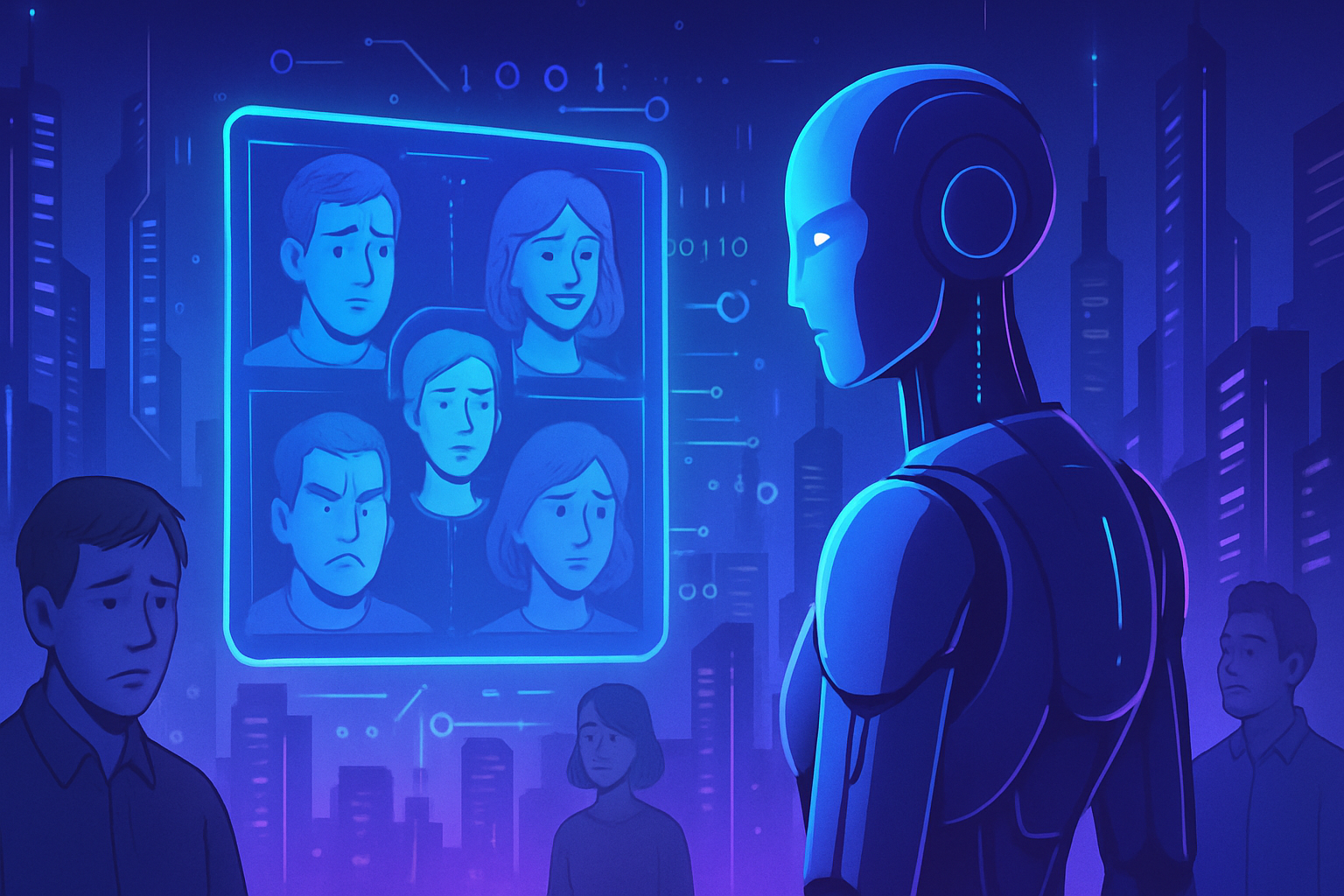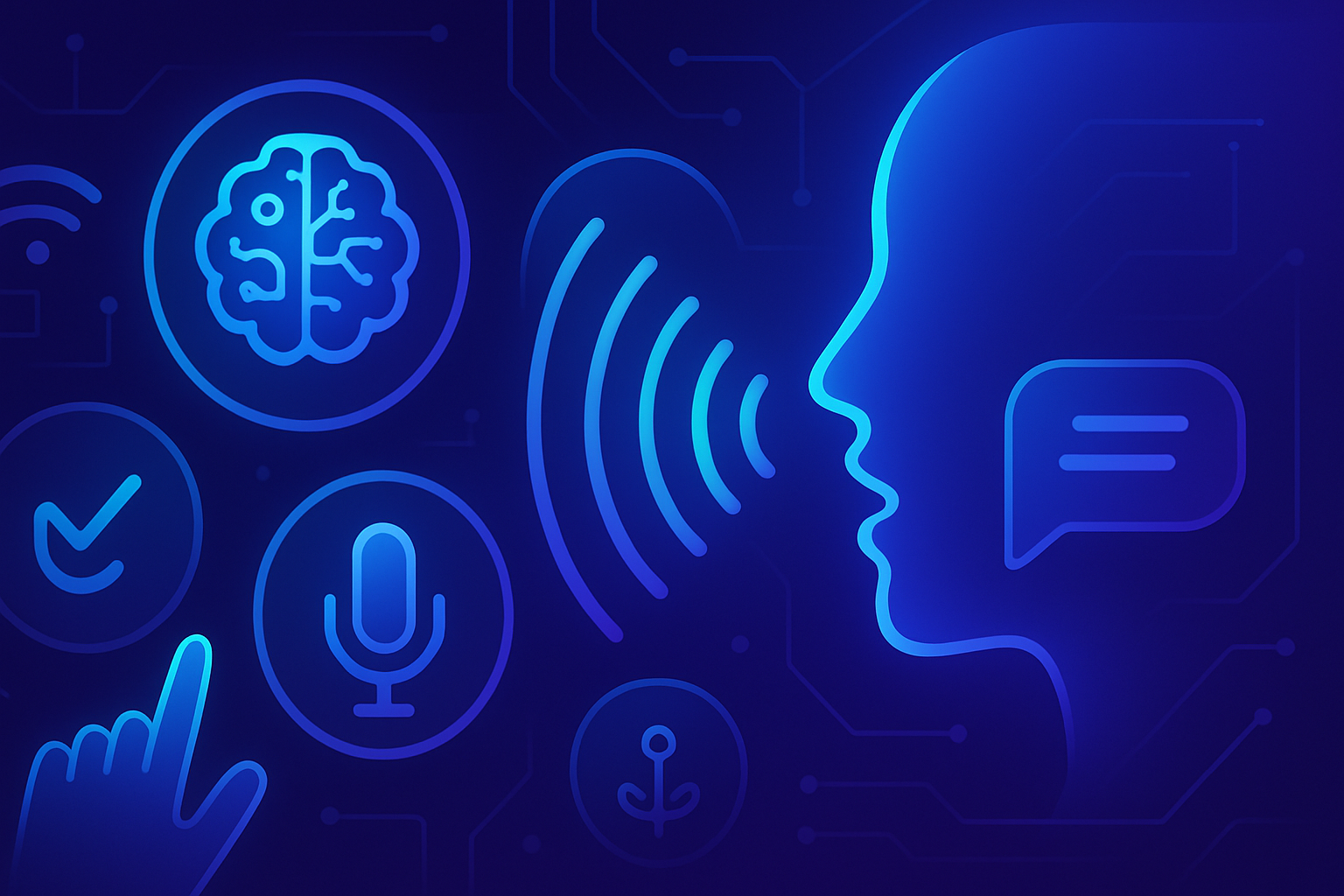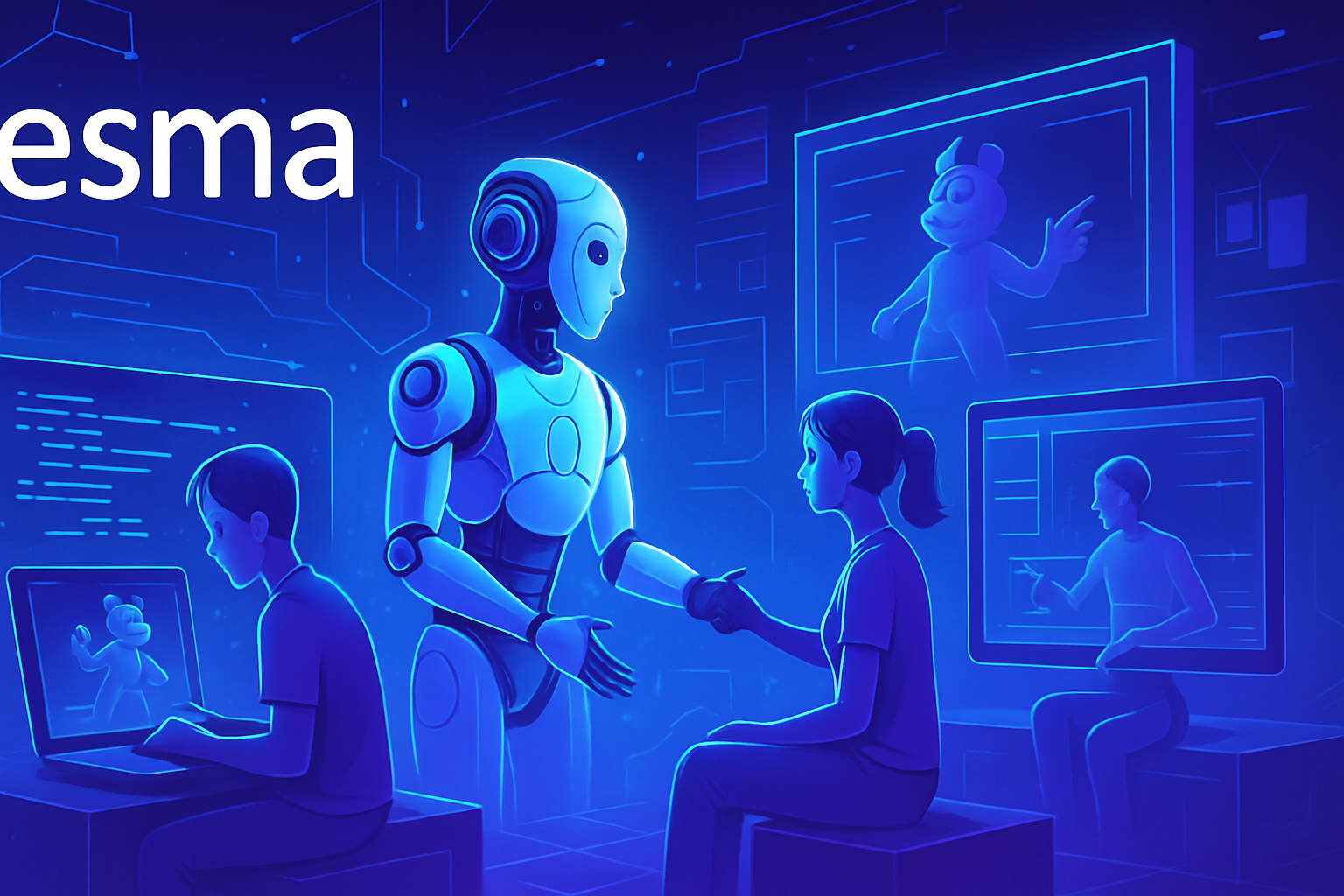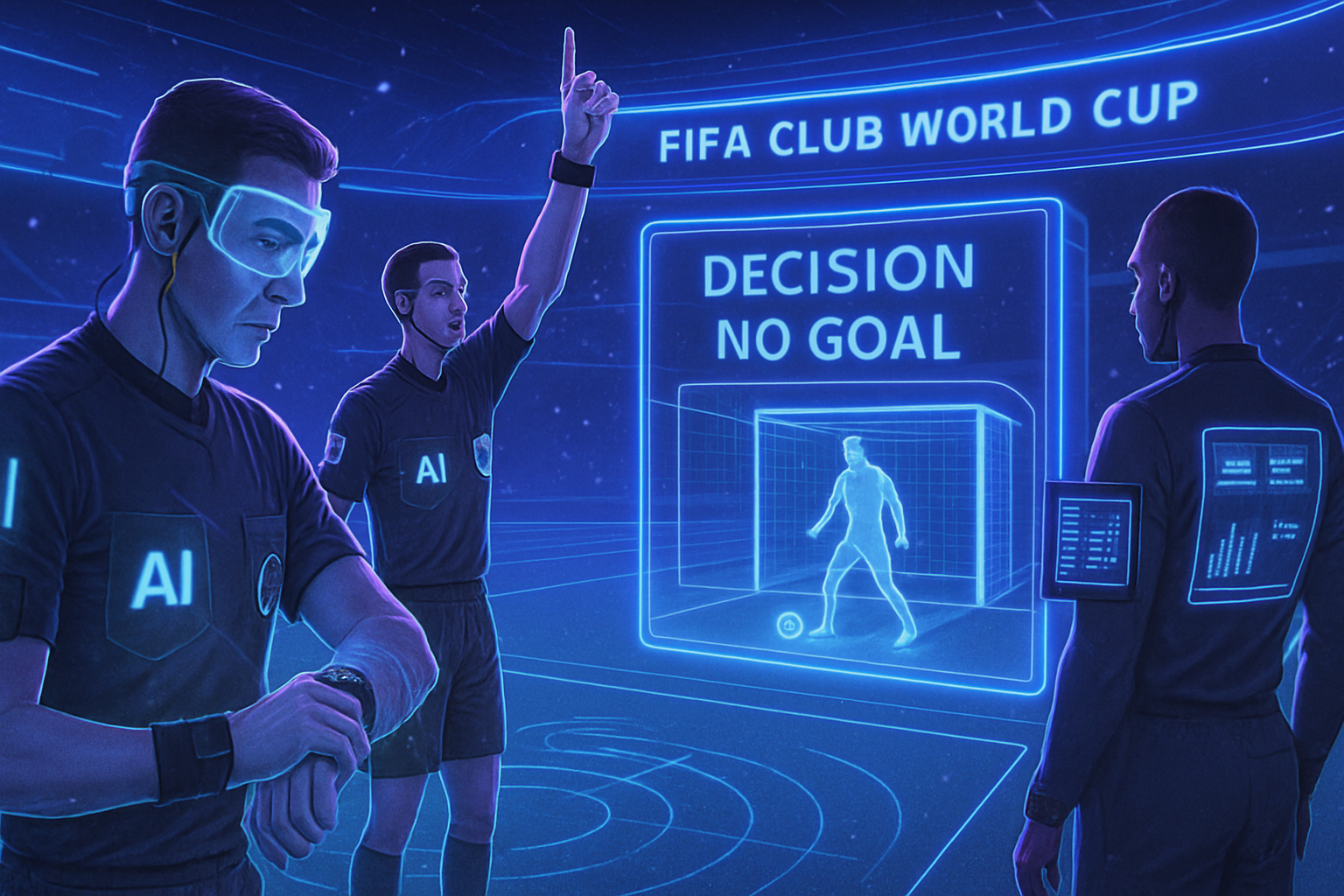Empathy, a fundamental vector of humanity, is tarnished in our modern age. A subtle disconnection between our emotions afflicts our interpersonal interactions, exacerbated by the digital pandemic. AI offers a new perspective, transforming psychological data into tangible empathy, translating complex emotions into shared experiences. These promising innovations have sparked unprecedented interest in the development of technologies aimed at enhancing our mutual understanding. Far removed from conventional approaches, these emerging tools build bridges between disparate experiences, fostering emotional understanding in a complex world.
Technological Evolution in Empathy
The emergence of artificial intelligence (AI) is transforming how individuals perceive and understand the emotions of others. A research team from POSTECH University in South Korea has developed a revolutionary technology named EmoSync. This advancement allows for the generation of personalized analogies to evoke targeted emotions based on users’ personality traits and values.
Contextualization of Human Empathy
Contemporary society is composed of a mosaic of individuals with diverse identities and backgrounds. This diversity often makes the process of empathy challenging. Emotions can vary significantly, even in similar situations, making empathy sometimes complex. The idea that shared experiences yield the same emotions does not always reflect reality.
How EmoSync Works
The EmoSync system is based on an advanced linguistic model that analyzes the psychological traits of each user. This analysis enables the creation of personalized analogical scenarios. For instance, if a user struggles to understand subtle discrimination situations at work, EmoSync can draw on their past to illustrate a similar experience, such as a moment of rejection encountered in school.
Research Results and Experiences
An experiment involving over one hundred participants from diverse backgrounds assessed the effectiveness of this technology. The results revealed that those who had used EmoSync demonstrated a notable improvement in their emotional understanding and empathy, surpassing traditional methods. These results indicate that personalized metaphors can genuinely enhance empathy.
Testimonials and Perspectives
Hyojin Ju, one of the authors of the study, emphasizes: AI facilitates a real understanding of human emotions. This paves the way for future innovations that will cultivate true empathy in everyday interactions. Professor Inseok Hwang, the project’s mentor, also noted that this research illustrates how AI can identify the unique emotional structure of each user.
Academic Recognition
This research received the Popular Choice Honorable Mention Award at the ACM CHI 2025 conference, a major event in the field of human-computer interaction. This award recognizes works deemed remarkable among the best presentations.
Advantages and Limitations of AI in Empathy
While AI can translate emotions and support the development of empathy, debates are emerging about its limitations. Technologies must be handled with caution, as they may lack emotional nuance. A study revealed that chatbots can identify racial biases, which could hinder their ability to demonstrate empathy in responses.
News Links
Discussions about external AI and empathy continue. Recent articles address various topics, such as the dangers of machine worship, and a promising but risky technology. The sociological and economic implications of AI advancements are also highlighted, with forecasts suggesting that the impact of AI on jobs needs to be examined carefully.
FAQ on AI and Emotional Empathy
How can AI improve our understanding of others’ emotions?
AI, notably through agents like EmoSync, analyzes users’ psychological traits and past experiences to generate personalized analogies. This allows individuals to better understand others’ emotions by connecting them to their own experiences.
What method does EmoSync use to create personalized analogies?
EmoSync employs an analysis process based on AI to examine emotional responses and users’ personality traits, in order to generate relevant analogical scenarios that help understand other people’s emotions.
How does EmoSync differ from other digital empathy technologies?
Unlike traditional technologies that rely on shared experience to elicit similar emotions, EmoSync recognizes the diversity of emotional reactions by creating analogies specific to each user.
What types of situations can EmoSync help explore to improve empathy?
EmoSync is particularly effective for addressing challenging situations, such as subtle discrimination or social exclusion, by linking these experiences to personal moments the user has already encountered.
What have been the outcomes of research on the use of EmoSync in terms of increased empathy?
Studies have shown that participants using EmoSync significantly improved their emotional understanding and empathy compared to traditional methods, proving the effectiveness of personalized metaphors.
Who participated in the development of the EmoSync technology?
The development of EmoSync was carried out by a team of researchers at POSTECH, including professors and doctoral students, who collaborated to create this innovative artificial intelligence system.
What social benefits can arise from using AI to promote empathy?
Using AI to foster genuine understanding between individuals can help build bridges between different communities, reducing misunderstandings and conflicts related to disparate emotional perceptions.
Is EmoSync accessible to the general public, and how can it be used?
EmoSync is still in development, but once launched, it will be accessible to those who wish to improve their empathy skills and better understand others’ emotions.
Can AI truly replace human empathy or only complement it?
While AI cannot replace human empathy, it can serve as a tool to complement it by providing frameworks of understanding that facilitate emotional communication between individuals.





